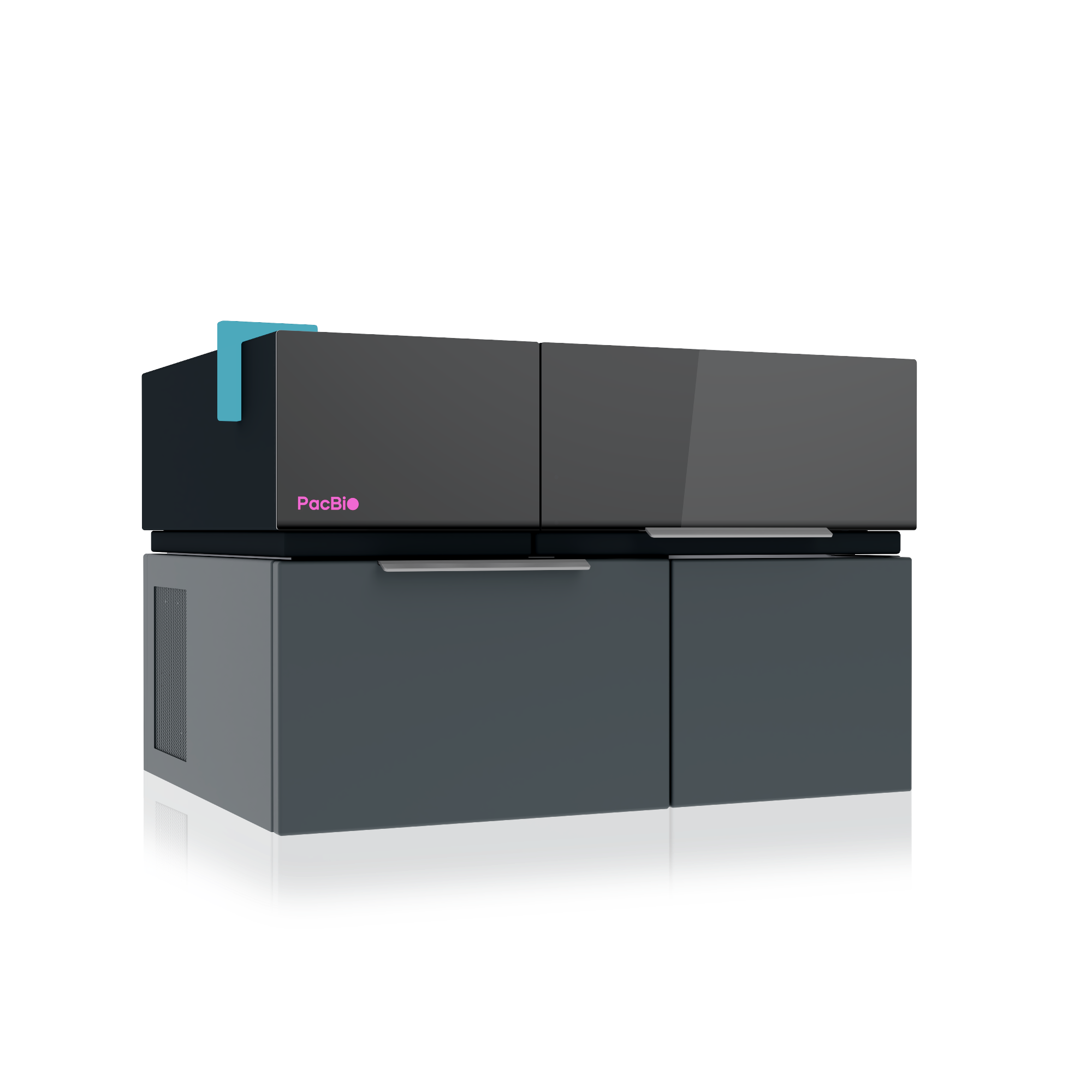We speak with Mark Van Oene, Chief Operating Officer at PacBio, on the company's cutting-edge Onso system and its role in advancing genomics research. The Onso system is poised to expand applications in genomics, including liquid biopsy, and improve sensitivity in variant detection.
Please could you introduce yourself and your current role at PacBio?
I‘m Mark Van Oene, Chief Operating Officer at PacBio. I manage our research, development and manufacturing organizations while also being responsible for driving strategic planning and corporate development activities.
Who is PacBio; how do they sit within the genomics commercial landscape?
We believe PacBio develops the world’s most advanced long and short-read sequencing technologies that deliver the lowest error rate out of all comparable solutions.
Our long-read sequencing technology delivers a more complete view of genetic variations available. This addresses a common problem facing scientists because complex genomic areas and changes are often not characterized fully by many currently available long-read systems, which holds back research.
The accuracy of PacBio technologies enables researchers to advance projects across human, plant and animal genomics with total confidence. This confidence is critical in fields like oncology, where researchers are seeking to characterize a tumor, or in agrigenomics to support precision breeding programs.
Accuracy is especially needed in rare disease research, where an exact understanding of the genetic underpinnings of disease is crucial. For example, of the participants in the Genomics England 100,000 Genomes Project, which was completed only with short-read sequencing, half of the subjects still lacked an underlying explanation of their disease. The superior accuracy of PacBio systems combined long- and short-read sequencing will ultimately lead to better research outcomes.

Image Credit: Tartila/Shutterstock.com
Could you briefly explain short-read DNA sequencing and how it compares to other sequencing techniques?
PacBio is probably best known by many for our long-read sequencing instruments, which are underpinned by advanced Single Molecule Real-Time (SMRT) sequencing technology. These systems are uniquely equipped to sequence extensive genomic stretches and are particularly beneficial for applications such as haplotype phasing, de novo genome assembly, and identifying structural variations. Our long-read sequencers can also directly detect methylation, making them ideal for epigenetic studies.
By contrast, short-read sequencing uses smaller pieces of amplified nucleic acid (DNA or RNA), prepares libraries from them and sequences one or both ends of library molecules to get repeated sequence information from each molecule. Short read technologies typically provide more sequence reads and thus are suitable for applications where a deeper level of sequencing is desirable, such as finding a variant in a background of excess normal sequences.
PacBio has recently begun commercializing its short-read DNA sequencing platform, the Onso system. Why was it important for PacBio to release this product?
PacBio has historically been known for its highly accurate, long-read sequencing technologies. The release of the Onso™ system (Onso) as a highly accurate short-read platform now offers researchers a tool that enables other applications that have been typically challenging to get answers from using existing long or short-read technologies. A great example of this is in the field of liquid biopsy, where the inability to detect extremely low-frequency variants is a well-known issue. With Onso, PacBio can now expand the addressable market of applications, enabling researchers with the right set of accurate tools to answer pressing biological questions.
 Onso System. Image Credit: Pacbio
Onso System. Image Credit: Pacbio
How does the Onso system compare to existing solutions available on the market?
Onso’s industry-leading Q40+ accuracy sets it apart in short-read sequencing technologies. This extraordinary level of accuracy is a critical differentiator for Onso. With extremely low error levels (1 in 10,000), Onso allows researchers to overcome existing barriers to achieve the higher level of sensitivity required for the analysis of liquid biopsy samples.
We have also invested considerable effort into making Onso user-friendly and easy to use for a typical short-read next-generation sequencing (NGS) lab. Moreover, with our accuracy-optimized library prep and conversion kits to enable seamless adaptation of third-party libraries for sequencing on Onso, we see Onso as bringing a much-needed differentiated solution to the market.
The Onso system has been described as a “game changer for genomics.” What features of the sequencing platform make it especially exciting for the genomics industry?
Onso employs Sequencing By Binding (SBB) as its sequencing technique – making it up to 15 times more accurate than Sequencing by Synthesis (SBS), the current market standard in short-read sequencing. SBB is the chemistry that drives our higher accuracy and enables us to have extraordinary sensitivity levels.
Higher accuracy means fewer errors, leading to more confident variant calls even with limited sample input. What’s more, this increased sensitivity also means the limit of detection is lower, preventing variants from being missed, which has implications for many different research and potential translational applications.
How does it feel for the company’s products to be used in high-profile institutions that are at the forefront of groundbreaking research within the biomedical and life sciences field?
Our goal is to improve human health and advance biological understanding of all life, and it is so rewarding to see our products used in institutions around the world at the cutting edge of research. Scientists in many parts of the world are keen to resolve more biology and to understand more about the genetic underpinnings of disease.

Image Credit: sommthink/Shutterstock.com
With access to a fuller picture of genetic variation, scientists can continue to innovate and progress their research in areas that are vital to protecting human, animal, and environmental health – from discovering previously unknown underlying causes of, and potential new therapies for, rare diseases or cancers, to improving the world’s food supply and protecting biodiversity. Our tools are starting to unlock that information and are paving the way to a better understanding of complex biological systems – it is something we are very proud of.
What are the next steps for the Onso system, as well as PacBio’s sequencing technology as a whole?
We are continuing to boost our position in the short read sequencing market and will be further advancing our highly accurate Sequencing By Binding (SBB) method. Acquisitions have been key to this strategy: Onso came about following our acquisition of Omniome back in 2021.
Our latest acquisition of Apton Biosystems, announced last month, will allow us to design a high throughput short-read sequencer that is capable of sequencing billions of clusters of DNA on a single flow cell. This new system will also use state-of-the-art optics and image processing, paired with novel clustering and chemistry. Long-read sequencing will also remain a critical part of our offering as we maintain our standing as the only company to offer both short- and native long-read sequencing technologies.
Where can our readers go to stay up to date with PacBio and its developments?
The PacBio website has all of our latest announcements, further details on Onso and our other sequencing solutions plus a blog showcasing the latest research and projects we’re involved in. You can also connect with us on social media, via our LinkedIn and Twitter accounts.
About Mark Van Oene

In 2021, Mark joined PacBio as Chief Operating Officer to manage our research, development and manufacturing organizations and be responsible for driving our strategic planning and corporate development activities.
He earned a B.S. in Biochemistry from Western University and was a Ph.D. candidate at the University of Toronto in the department of Molecular and Medical Genetics. During that time, his research was focused on Cystic Fibrosis at the Hospital for Sick Children in Toronto